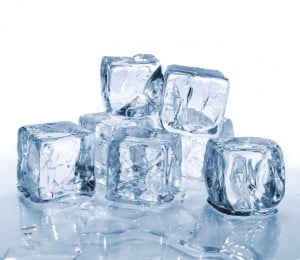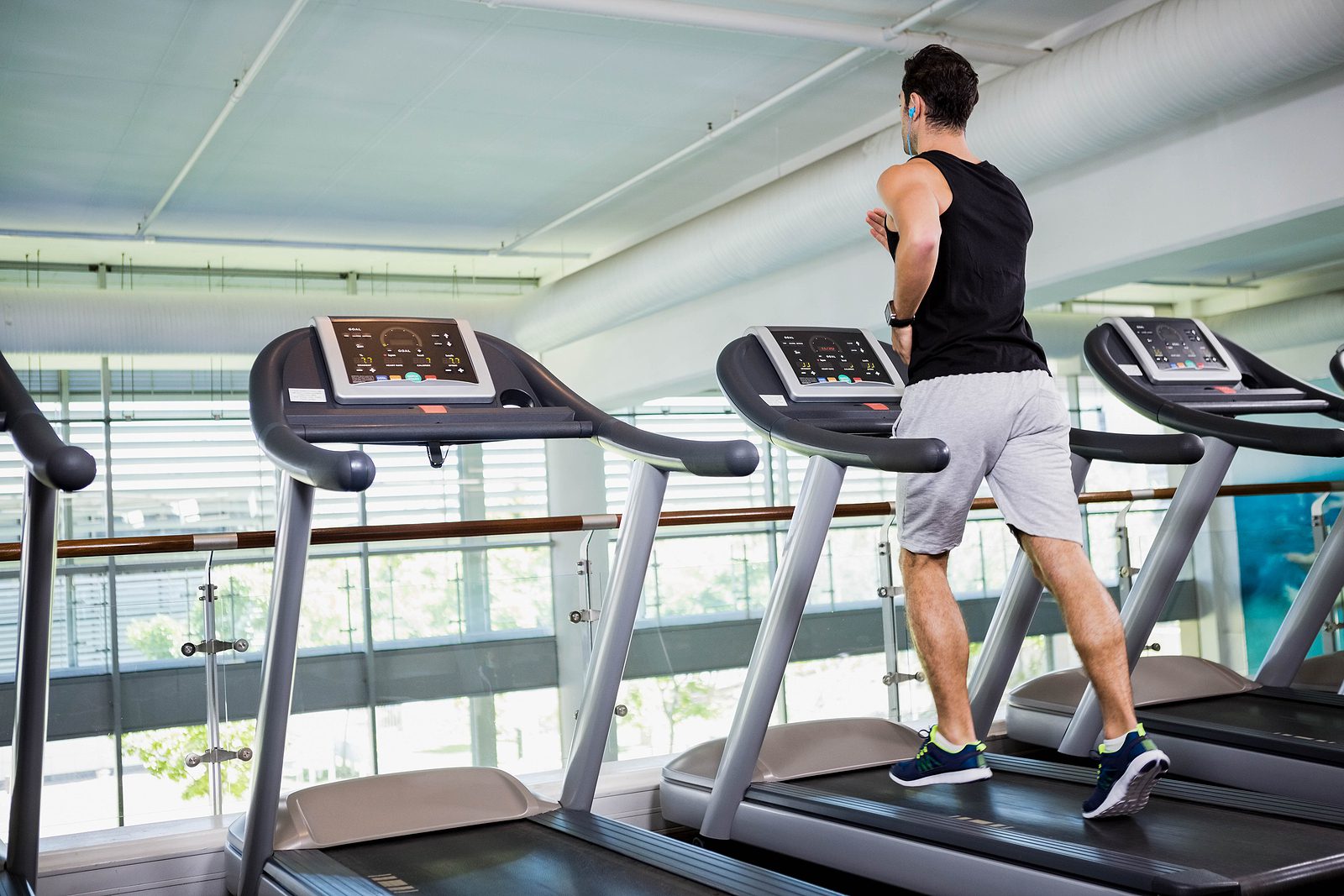Many people approach me with this question, “Should I use ice or heat to treat this injury?” First, we need to define what type of injury has occurred and then apply the proper treatments. There are two types of injuries which generally occur which we need to understand. Acute injuries are caused by impact or trauma and include injuries such as fractures, dislocations, sprains, and bruises. Chronic injuries are more long-term and occur from overuse and cause pain. One of the most common of these injuries is tendonitis, or inflammation of a tendon.
Now that we understand the two types of injuries, we can proceed with the treatments. Ice treatment is best for acute injuries as it helps to reduce any swelling or pain. When you apply the ice to the injury site, it causes the blood vessels to constrict or narrow. This helps to prevent blood flow to the area, which helps to relieve pain and throbbing. You should always wrap a towel around the ice bag before applying it to your skin, so you do not damage any nerves. It is recommended to ice for a period of twenty minutes, then allow your skin to return to normal temperature for twenty minutes, and repeat the process for an hour. Heat treatments on the other hand, are recommended for chronic injuries that do not involve any inflammation or swelling. Muscle and joint pains are ideal for heat treatments. Heat causes an increase of blood flow to the ailing area as well as an increase in skin temperature. This allows muscles to relax when undergoing any tightness or spasm. Always be sure to use a couple layers between the heat source and your skin so you prevent burning. Athletic hot packs or heating pads are good sources for heat treatments. Heat should not be applied for periods longer than twenty minutes to the affected area. Be sure to identify the types of injuries, apply the proper types of treatments, and may the healing process begin!
Written by: Christopher Hynson
Be the first to leave a comment, praise, or say hello! Share your experience and insights in the comment box below.





